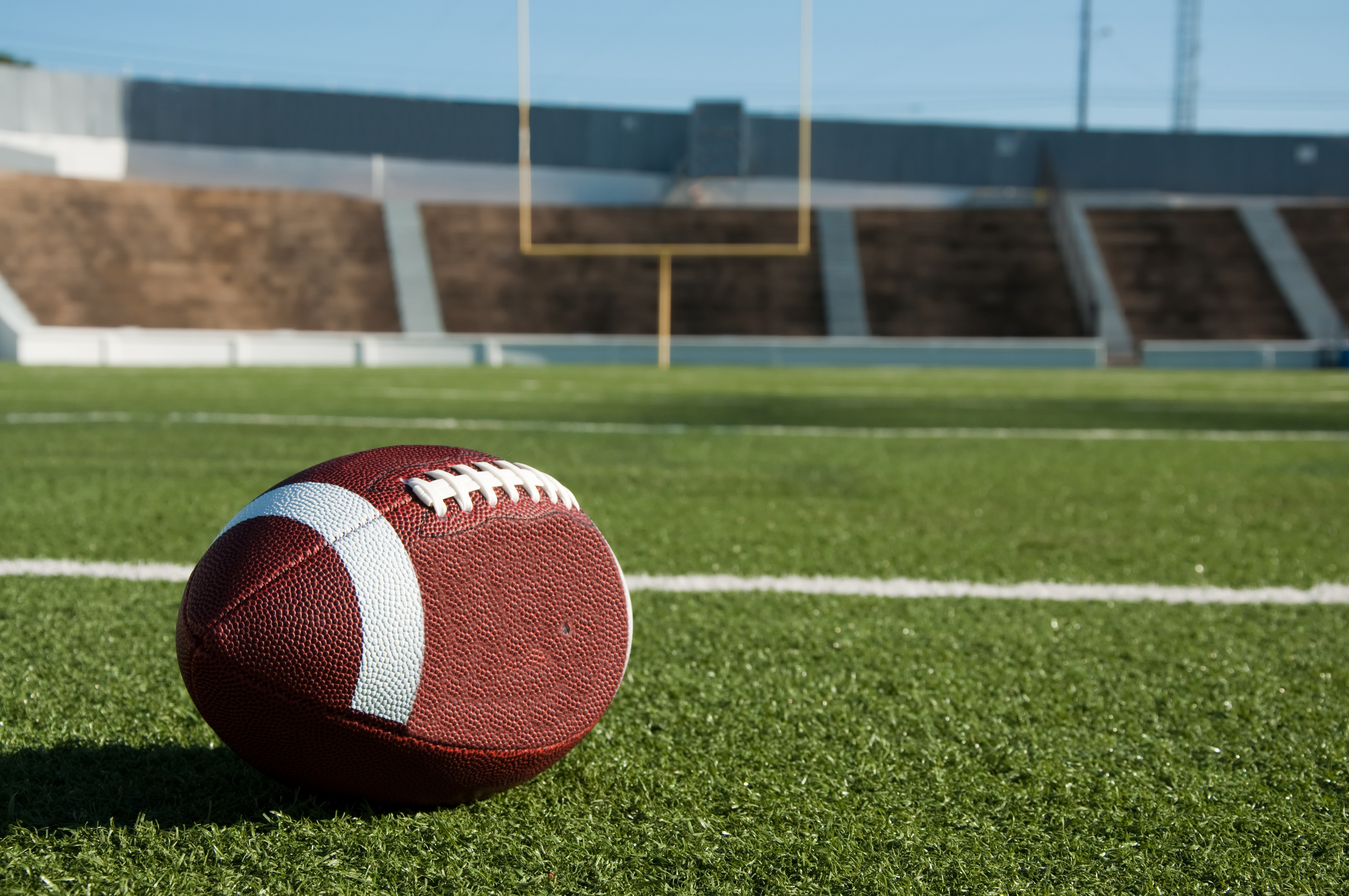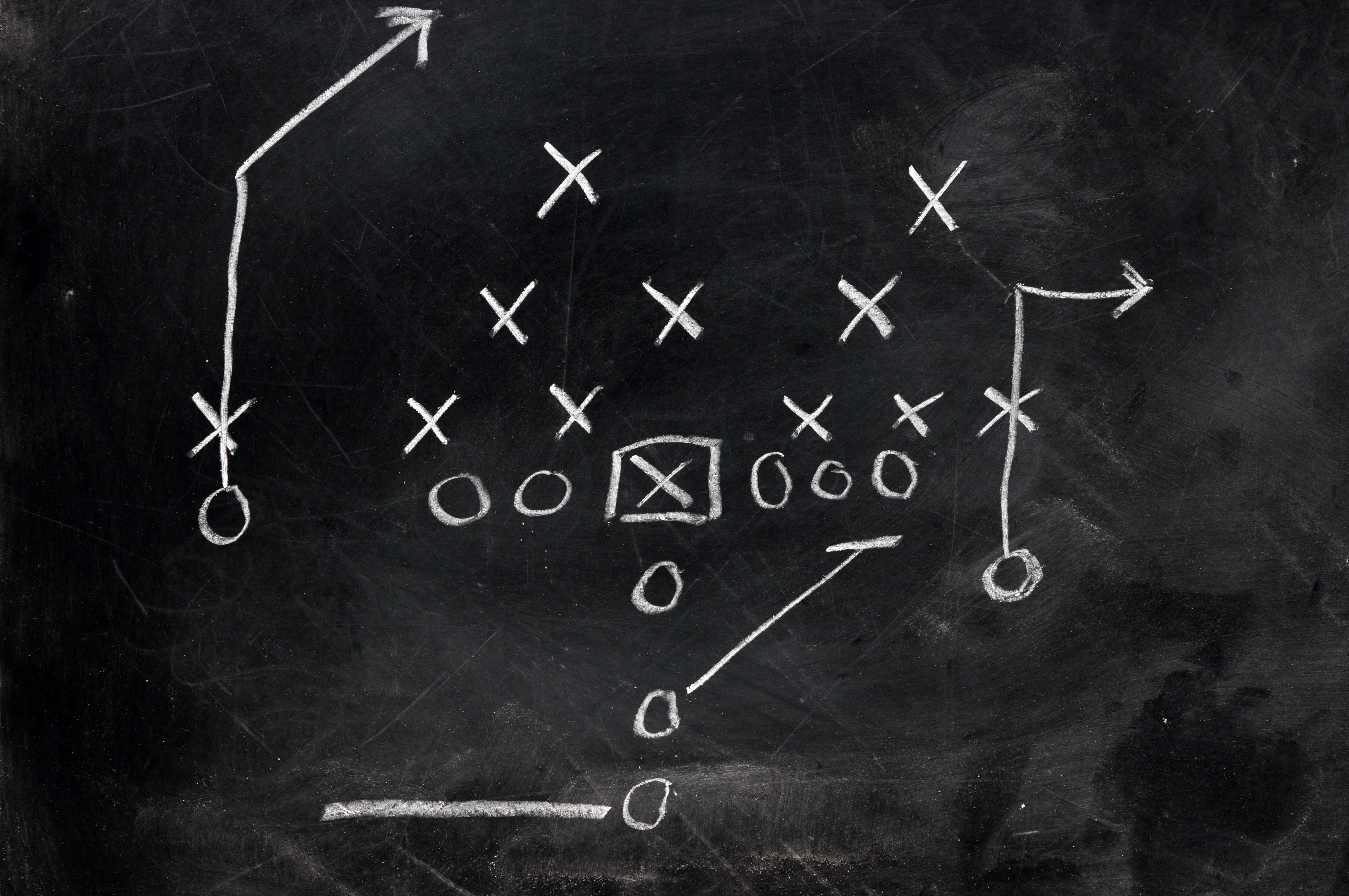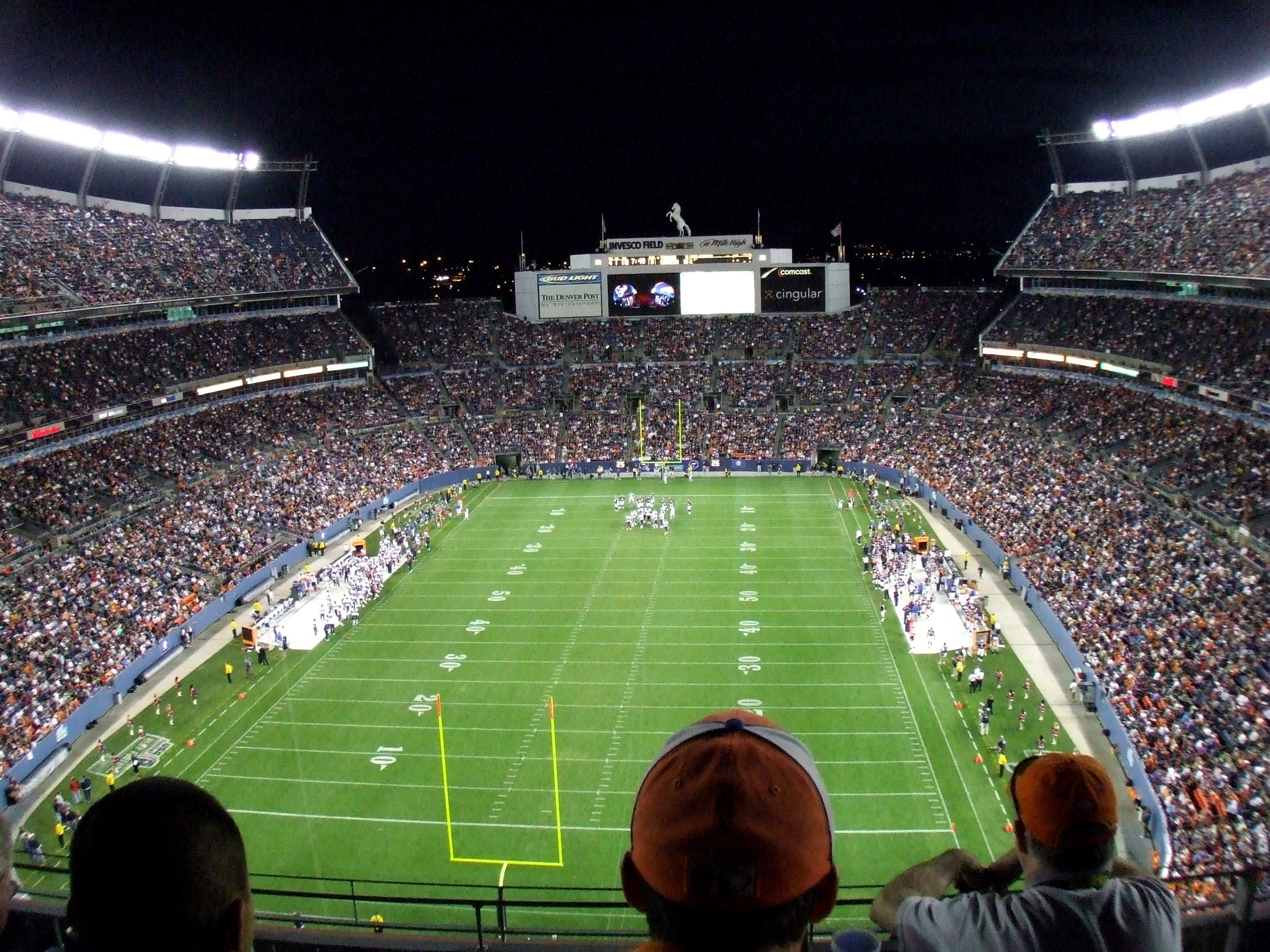Beginner’s Guide to Football Basics & NFL Rules
For anyone new to the game of football, understanding all the rules can seem like a burden. If the NFL has taught us anything in the last few seasons it’s that the rules of the game can be difficult for even the referees to fully comprehend, let alone an eager new fan. Whether you’re a little confused and scared to interrupt the game to ask your questions, in need of a quick refresher before the season gets underway or have a young fan in the house who’s ready to learn, this beginner’s guide to the basic NFL rules is a great place to start.
Offense, Defense & Special Teams
Offense
The offense and defense are each allowed 11 players on the field. The offense consists of the quarterback, five offensive linemen, and a five man combination of offensive players like running backs, wide receivers, tight ends or fullbacks. The five linemen consist of a center who snaps the ball to the quarterback, 2 guards who line up on both sides of the center to protect the quarterback, and 2 tackles, one on each end, who are also in charge of protecting the quarterback. In addition, the linemen are in charge of blocking the defense to create paths for the running back or fullback, and holding the defense at bay to allow the quarterback the time he needs to throw the ball. The wide receivers, tight ends and even the backs are eligible to catch the ball from the quarterback, while the tight ends are also used for additional blocking during certain plays.
Defense
The responsibility of the defense may seem straight forward, but the complexity of the offense makes it just as difficult, if not more so. The players on the defensive side of the ball depend on the defensive package, which is essentially split into man-to-man defenses or zone defenses. But let’s review the players first. The players on defense consist of the defensive line, linebackers and defensive backs. The defensive line sets up opposite the offensive line, and consists of the defensive tackles who challenge the offensive guards or center, and the defensive ends, who among other things are the ones tasked with putting pressure on the quarterback. The linebackers line up behind the defensive line. As the second line of defense, they have to read the offense to stop the run, rush the quarterback or pick up free receivers, tight ends or running backs. The defensive backs cover receivers and tight ends, protect against the pass and try to intercept the ball.
Special Teams
Special teams refer to the players who take the field for plays that involve kicking the football. This includes field goals, punts and kickoffs. This team consists of a placekicker who specializes in field goals and kickoff plays, and a punter. A holder holds the ball during field goals. A long snapper specializes in getting the ball from the offensive line to the holder, which requires a different skill than the center who snaps the ball to the quarterback. The rest of the team is responsible for holding the defense at bay during field goals and punts, racing down the field after kickoffs to tackle the kickoff returner, or blocking players for the kickoff returner.
The Field, The Clock & The Scoreboard
The Playing Field
The actual playing field for football is 100 yards from endzone to endzone. The endzone is 10 yards long and contains the field goal, which is situated directly outside the back of the endzone. Horizontal lines are painted across the field every 5 yards, with individual hash marks each yard to help players navigate. The field goal is 10 feet high and a little more than 18 feet wide, significantly narrower than the college goals.
The Clock
How long is the game? When is it over? Though understandable to those who aren’t football fans, it’s more forgiving to learn the basics of the clock to avoid upsetting irritable die-hard fans. An NFL game is split into four 15-minute quarters, so 60 minutes total. The average NFL game in 2015 was a little over 3 hours long. How does 60 minutes stretch into nearly 200 minutes? Halftime is around 12 minutes, there’s a two-minute warning at the end of the first and second half, and several commercial breaks during timeouts (each team is allowed 3 timeouts per half). But that doesn’t account for even half of the 3-plus hours. The reason why a game lasts so long is because the clock stops so often. When the clock stops depends on what type of play is run, the outcome of the play and even the time of the game. However, all you need to know to start is that the clock stops when there’s an incomplete pass, when a player with the ball goes out of bounds, and after penalties or timeouts. Overtime is a single 15-minute period where the first team to score wins the game.
The Scoring System
There are several ways to score in a football game, but the majority of points come from touchdowns or field goals. Touchdowns occur when a player with possession of the ball puts the ball over the barrier (goal line) catches the ball in the endzone, or establishes possession of the ball in the endzone, such as on a fumble. A touchdown can also occur after the defense intercepts the ball and returns it, or on kickoff or punt returns. Touchdowns are worth 6 points. After a touchdown, the offense has the choice of kicking an extra point for an additional 1 point, or “going for two” by trying to get the ball in the endzone on a single possession that’s worth 2 points. A field goal, when the ball is kicked between the upright posts, is always worth 3 points.
Football is easy enough to understand once you’ve watched a few games. It can also get a bit complicated. Knowing a little information on the players, their responsibilities and the basics of the scoring system should be enough for anyone to enjoy the game. Reading the rules is a good place to start for beginners. However, nothing beats watching the action yourself. Enjoy the NFL season with all the NFL products from LTD!










